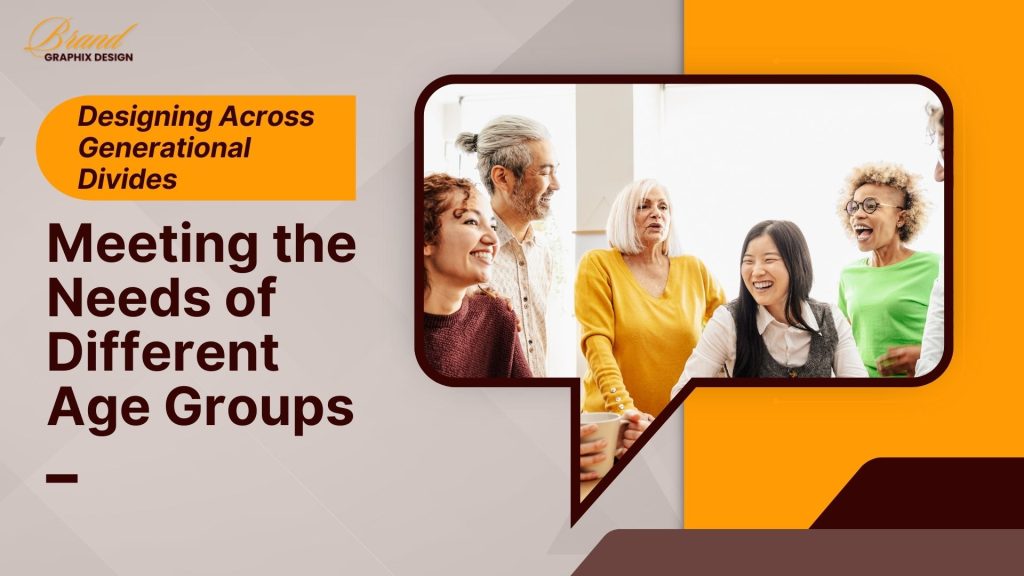When you look at a design—whether it’s a website, a business logo, or even a product package—what makes it feel real, memorable, and professional?
👉 The answer often lies in texture.
In this guide, we’ll explore Texture in Graphic Design in depth—what it is, why it matters, the different types, its impact on marketing and business, and how beginners and professionals can use it effectively.
Whether you’re a graphic design beginner or working with a graphic design company, understanding texture can dramatically improve the quality and emotional appeal of your visuals.
Table Of Content:
What is Texture in Graphic Design?
In simple words, texture is the surface quality of a design. It creates the illusion of touch and depth in visuals—even when displayed on flat digital screens.
In real life: textures are rough, smooth, soft, or glossy.
In graphic design: textures can be visual (how something looks) or tactile (how something feels when printed).
👉 Example:
A wooden texture in a restaurant logo communicates warmth and authenticity.
A metallic texture in a tech company logo signals modernity and strength.
Importance of Texture in Graphic Design
Texture isn’t just decoration—it has a strategic purpose in design:
1. Adds Realism and Depth
Flat visuals can feel lifeless. Texture adds layers, shadows, and dimension, making designs more engaging.
Example: App icons that use subtle gradients or paper textures stand out compared to flat monochrome icons.
2. Enhances Emotional Connection
Texture can evoke feelings like comfort, luxury, ruggedness, or creativity.
Example: A matte paper texture in a wedding invitation feels elegant and personal.
3. Improves Brand Identity
Businesses can use textures to stand apart from competitors and create a signature visual style.
Example: Starbucks uses earthy textures (wood, chalkboard, recycled paper) to align with its eco-friendly branding.
4. Boosts User Experience
On websites or apps, textures guide the eye and make interactive elements intuitive.
Example: Buttons with beveled or shadowed textures look more clickable than flat rectangles.
Types of Texture in Graphic Design
1. Tactile Texture (Physical)
Used in print design, like brochures, packaging, or business cards.
Examples: Embossed logos, foil stamping, textured paper stocks.
Impact: Makes your brand feel premium and tangible.
2. Visual Texture (Digital/Illusion)
Created through patterns, colors, and shading.
Examples: Grunge backgrounds in posters, metallic shine in a tech logo, fabric effects in social media banners.
Impact: Creates mood and depth without increasing printing costs.
3. Abstract Texture
Uses artistic brush strokes, geometric patterns, or AI-generated effects.
Example: Watercolor textures in a fashion ad help the brand appear imaginative and dynamic.
Impact of Texture in Marketing and Businesses
For businesses, texture isn’t just “design”—it’s marketing psychology:
Builds Strong Brand Recall:
Customers may forget plain text but remember a logo with metallic shine or earthy tones.Influences Customer Perception:
Luxury brands → smooth, glossy, metallic textures.
Eco-friendly brands → rough, natural, recycled-paper textures.
Tech startups → clean, digital, futuristic textures.
Drives Customer Engagement:
On social media, textured visuals stand out in a crowded feed.Example: A fashion post with fabric texture in the background feels more authentic than a plain white post.
Boosts Conversions in Packaging & Ads:
Packaging with embossing, foil stamping, or matte finishes attracts buyers instantly.
Online ads with light textured backgrounds gain more engagement than flat ones.
Practical Ways to Apply Texture in Graphic Design
Keep It Subtle: Too much texture makes designs cluttered. Use it as a background or highlight—never everywhere.
Align with Your Brand Personality:
Law firm → clean, minimal, professional textures.
Kids’ toy brand → colorful, playful, cartoon-like textures.
Combine with Typography: Add texture to text (e.g., gold foil, chalk effect) for impact without extra graphic elements.
Leverage Modern Tools & AI: Photoshop, Illustrator, Figma, AI generators like MidJourney, DALL·E.
Examples of Texture in Graphic Design
Logos: Coca-Cola (subtle vintage textures in campaigns), Starbucks (wood and chalkboard aesthetics).
Websites: Apple uses minimal glossy textures in product showcase images.
Social Media Ads: Fashion brands feature fabric-inspired backgrounds.
Business Cards: Embossed or foil textures for premium branding.
Texture in Graphic Design for Beginners
Experiment with free texture overlays in Canva or Photoshop.
Start with subtle patterns like paper, fabric, or gradients.
Study how brands in your niche use texture and adapt similar styles.
Texture in Graphic Design for Businesses
For businesses, textures are branding assets. Whether you’re working with a graphic design company or a freelance logo designer, ensure your brand uses textures aligned with your identity:
Restaurants → Rustic textures = homely & authentic.
Tech Brands → Clean, futuristic textures = innovation & trust.
Fashion Brands → Luxe textures (velvet, gold foils) = premium experience.
If you’re a business owner wondering how to balance creativity, cost, and consistency in your brand visuals, don’t miss our guide:
👉 Top 5 Design Challenges for Small Businesses: Step by Step
Final Thoughts
Texture in Graphic Design is much more than a visual add-on—it’s a powerful storytelling tool.
From shaping brand identity to improving customer engagement and creating emotional impact, texture transforms flat visuals into meaningful, memorable experiences.
👉 If you’re a business owner, working with a graphic design company or a professional logo designer who understands the power of texture can make your brand stand out in competitive markets.
Whether you’re a graphic design beginner exploring tools or a business wanting a logo that leaves an impact—mastering texture is the key to modern design success.



